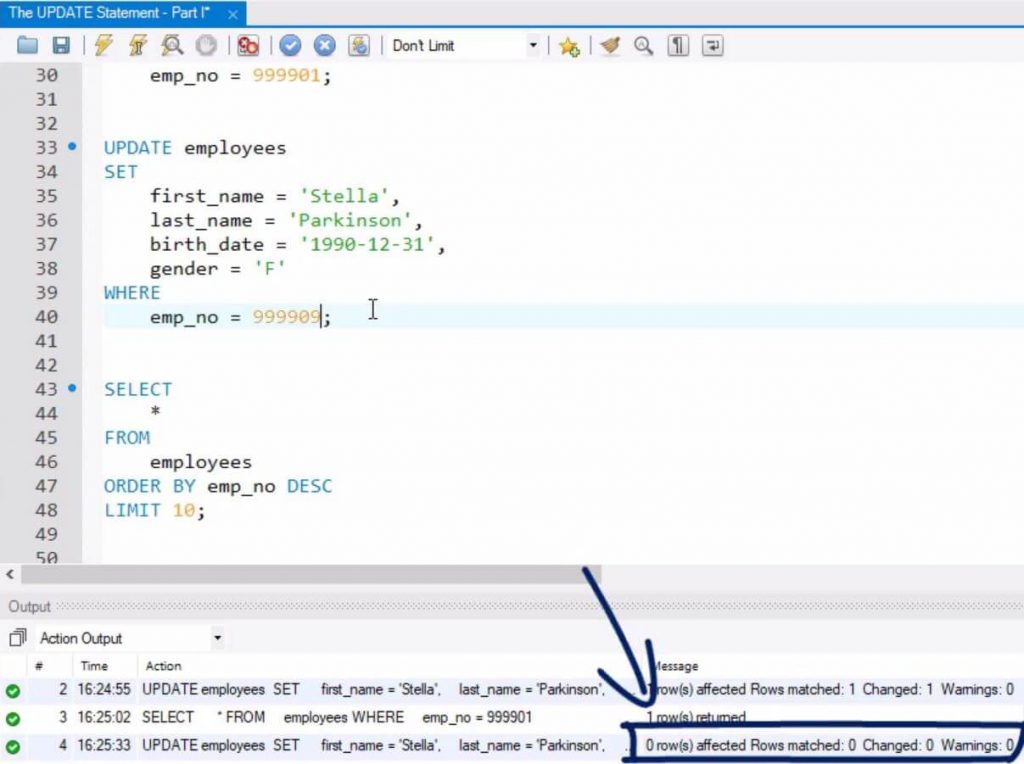

The expr1 is a time or datetime expression, while the expr2 is a time expression. When invoked with the days form of the second argument, MySQL treats it as an integer number of days to be added to expr.ĪDDTIME() adds expr2 to expr1 and returns the result. Mysql> SELECT ADDDATE('', INTERVAL 31 DAY) Mysql> SELECT DATE_ADD('', INTERVAL 31 DAY) For information on the INTERVAL unit argument, see the discussion for DATE_ADD(). The related function SUBDATE() is a synonym for DATE_SUB(). When invoked with the INTERVAL form of the second argument, ADDDATE() is a synonym for DATE_ADD(). Returns the calendar week of the date (1-53)ĪDDDATE(date,INTERVAL expr unit), ADDDATE(expr,days) Returns the date argument converted to days Subtracts an interval from a datetime expression With two arguments, the sum of the argumentsĪdds an interval to a datetime expression

With a single argument this function returns the date or datetime expression. Returns the argument converted to secondsĮxtracts the time portion of the expression passed

Returns the time at which the function executes When invoked with three arguments a synonym for DATE_SUB() Returns the number of months between periods Returns the last day of the month for the argumentĬreates a date from the year and day of year Returns the weekday index of the argument Sr.No.Įxtracts the date part of a date or datetime expression There are various other functions supported by your RDBMS. Import following table has a list of all the important Date and Time related functions available through SQL. Now() returns the current date and time in the configured time zone as a string but since we have DATE as datatype, we are getting date alone as the inserted value. Insert queries : insert into empOrStuInformation(empOrStuName,empOrStuAvailability) values('xxx',now()) insert into empOrStuInformation(empOrStuName,empOrStuAvailability) values('yyy',now()) insert into empOrStuInformation(empOrStuName,empOrStuAvailability) values('zzz',now()) Id int NOT NULL AUTO_INCREMENT PRIMARY KEY, Here empOrStuInformation is the name of the table So, generally we may be having a table like (let us check in MySQL) Let us see them in detail regarding the scenariosĮxample 1: In schools, colleges, workplaces where-ever to find out whether the student/employee is available on a specific day or not, it is enough to keep the aloneĮg : EmployeeXXX available on certain date or not (or) One can think that as can satisfy the requirement to store both Date and Time, then what is the need to have and. Just to know about the date value of the occurrence of the action. In Java, we can write the below queries and get the Date and Time part respectively as follows :įor logging entries, to know about the absolute value of transactional timings, we can use the timestamp whether student available at that time on any day etc., Just to know about the time value of the occurrence of the action. Need to have 2 columns one for and explicitly from Java, setDate() method is used to set the date. Only one column is enough to have both Date and Time.Nanosecond difference is much helpful in many scenarios from Java, setTimestamp() method is used to set the timestamp If we use the timestamp as datatype, using DATE() function, we can extract date alone, and using TIME() function, we can extract time alone. In comparison with, as it is not storing nanosecond details though Date and Time info present, equals method between and return false only. Need to have 2 columns one for and explicitly. This is independent and does not extend Īs not having Date information, Date information is normalized and can be set to 0 to confirm ANSI SQL DATEĪs having both Date and Time, explicitly they are givenĪs not having Time information, Time information is normalized and can be set to 0 to confirm ANSI SQL Time Not stores time components and hence apt representation for SQL Date Not stores date components and hence apt representation for SQL Time Here let us see the differences between all the three and also their usages with a few examples: java database connectivity uses these to identify SQL Date and Timestamp. Whenever the java application interacts with the database, we should use these instead of.
#Setdate sql software
Difference Between, and in JavaĪcross the software projects, we are using, and in many instances.


 0 kommentar(er)
0 kommentar(er)
